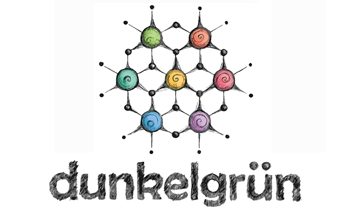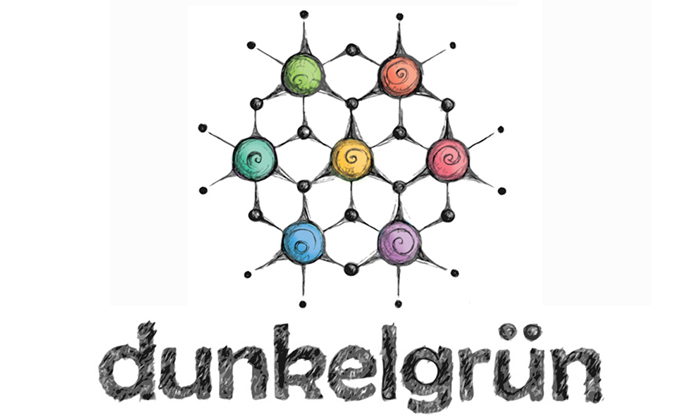After showing you my latest finished projects (two cute baby gifts) and a new shawl out of natural yarn on my needles, I am answering some questions related to mordanting for natural dyes, specifically about alum and aluminium sulfate. What they do, what’s the difference between the two and finally, some thoughts about the toxicity of aluminium.
Finished Project
Baby Romper and Cardigan
- Pattern: Spring into Summer, Rompers and Jacket by OGE Knitwear Designs
- Yarn: dunkelgrün organic merino dk self-dyed specifically for this project
- Needles: 4.00 mm (US 6) KnitPro Naturals
- Conclusion: Really lovely design, easy to knit in garter stitch, but enough interest added through the shaping. The pattern tells you to seam the pieces using back stitch, which I did for the first time and was satisfied with the result. While I love the design, I think the pattern could be improved: some parts are a little confusingly written or not clear… (status: August 2018).
Knitting in Progress
Improvised Shetland Shawl
- Pattern: Improvising a top down triangular shawl – thinking of a lace border
- Yarn: The Ross Farm Heritage & Rare Breed Fibers, shetland wool from the sheep “Lindy” (brown) and “Heliotrope” (beige). 3ply Sport, 250 yards / 230 meters
- Needles: 5.00 mm (US 8) Lykke Needles
- Project bag (blue moons on grey fabric) by Raquel Francia
Spinning
I am spinning 100% Blue Faced Leicester (BFL) in a natural color on my Ashford traditional spinning wheel. My goal is to achieve a DK to worsted weight in order to knit the Telja sweater by Jennifer Steingass out of the yarn.
Alum, Aluminium Sulfate and Toxicity
- Potassium aluminium sulfate (potassium alum or simply “alum”): KAl(SO4)2
This is the alum mordant traditionally used for natural dyeing.
My standard recipe for alum mordanting is 15%, that means: 15 g (about 1 tablespoon) of potassium alum per 100 g of yarn.
- Aluminium sulfate (sometimes called “papermaker’s alum”): Al2(SO4)3
This is a salt that started to be produced in the mid 19th century. It produces the same Al3+ ions in solution as the traditional alum, but it usually contains iron impurities which are going to change your natural dye colors (make them more dark / dull). If you buy aluminium sulfate, watch out for the iron free quality, but keep in mind that it might be more expensive than potassium alum, because it needs to be purified industrially.
- Great podcast on alum by the Royal Society of Chemistry – Chemistry world: https://www.chemistryworld.com/podcasts/alum/7068.article
- Ninja Chickens episode “All about Mordants and Natural Dyeing“
- Read about aluminium in deodorants and breast cancer (National Cancer Institute): https://www.cancer.gov/about-cancer/causes-prevention/risk/myths/antiperspirants-fact-sheet
There are many lists for dye plants out there in the internet, e.g. here (dye garden plant list), here (list of 85 natural colors by allnaturaldyeing.com), on this page (by the Woolery, contains also more info on mordanting etc.), and of course, my favorite free source of information: Wikipedia has a list of common natural dye stuffs sorted by the color of the dye.






